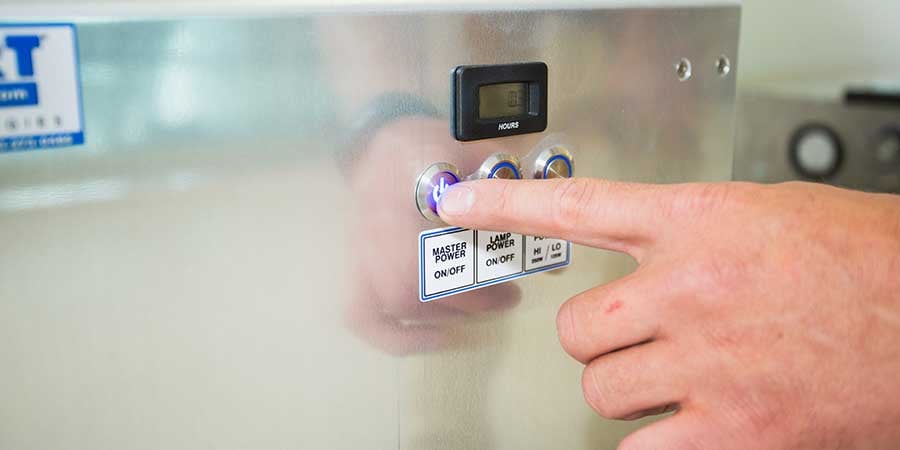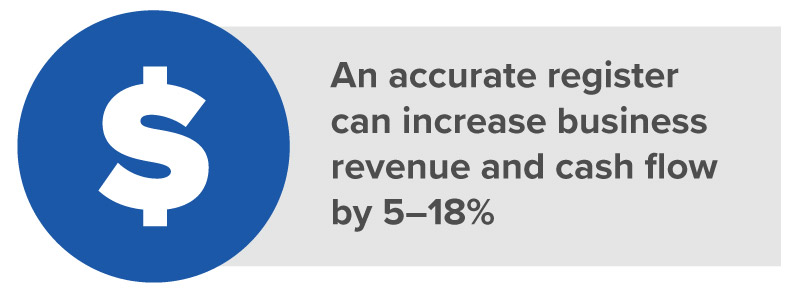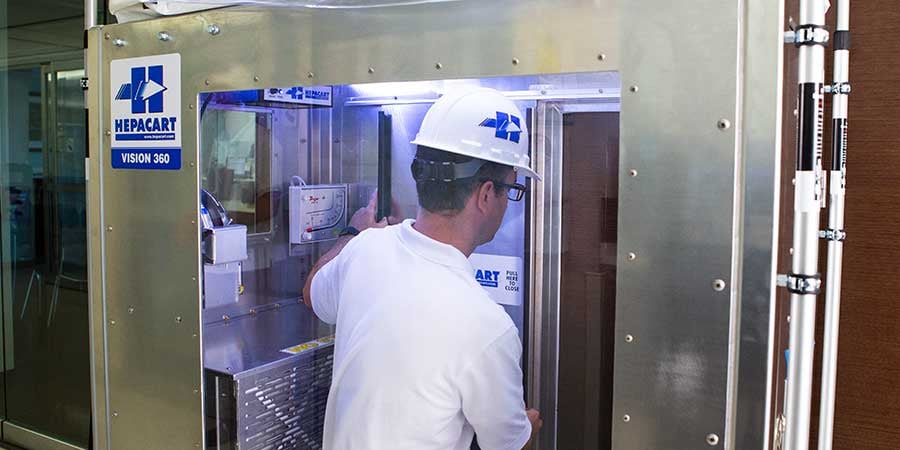Share this
Meeting Nursing Home Facility Maintenance Demands with a Reduced Budget
by HEPACART on Feb 10, 2021
Explore obvious and less known ways to save money and maximize your budget — here are a few.
Among the many things that the facilities manager of a nursing home must keep in mind are the health and safety of building occupants and the necessity to work within a budget that ranges anywhere from slightly below to far below your comfort zone.
Let's assume that you've been conscientious in getting most of the low-hanging fruit. For example, you probably don't need Captain Obvious to soar through an open window and announce that LED lights can save you a bundle or that your inefficient HVAC system hogs electricity.
In this post, we’ll review a couple of obvious things you can do to maximize your budget. Then we'll present some less obvious money-saving tips. This post may help you creatively think your way out of a cramped budget — so let's get cracking.
Focus on the Big Things
Small austerity measures that take amenities away from people can have an undeniable negative effect on morale. Since often it's the little things that staff and residents appreciate most, keep your eye on the larger issues, such as financing, technician utilization, preventive maintenance, and energy costs.

Create a Detailed Asset Register
Start by creating a detailed asset register. Having a clear picture of every asset in your building(s) has several benefits.
You can:
- Easily see which components need maintenance
- Prioritize preventive maintenance based on a ranking of importance to the nursing home's core mission
- Contact vendors to identify requirements for periodic inspections and maintenance
- Store codes and industry standards that pertain to each asset for easy consultation (rather than having to look them up each time or being unaware that they exist)
While creating your list, consider adding a column to track the length of time you've had each piece of equipment. Older machines and hardware, even when maintained, will need to be replaced eventually. When it's time to purchase, consider investing in quality equipment from reputable companies. While a good machine may cost more upfront, you'll find that in the long run, it will take minimal financial upkeep, work better, and last longer. Avoid wasted money and frustrating downtime by getting the best machine for the job.

Source: CompareSoft
Just a parting shot on this subject: a shocking percentage of small and medium-sized businesses do not have an accurate view of their assets, even though asset management software is plentiful, and in some cases, free and open-source.
Develop a Competitive RFP Process
Some experts consider negotiating competitive contracts with a strong request for proposal (RFP) strategy to be the most significant saving opportunity in facilities management. While adding a one-year extension to a contract certainly saves you time and effort, you simply won't know how much money you're leaving on the table.
Other related documents may be more appropriate than an RFP. Use an RFI (request for information) when you don't know precisely what you want, or need to be educated about what's out there. An RFB (request for bid) is just the opposite; it's to be used when you know your exact requirements and specifications.
In defense of every busy facilities manager, sometimes when your back is against the wall, shortcuts are necessary because you're busy with other priorities. But if it's a habitual way of dealing with contracts, you're wasting money that could be put to good use elsewhere.
So ask yourself some questions. When did you last review your contracts? Are they up to date? Or is it time to do some comparison shopping?
Perform Regular Inspections and Preventive Maintenance
Some experts claim that facilities management's single biggest money-saving opportunity is regular, scheduled inspection and equipment maintenance. Timely inspection brings small defects to your attention before they become big, expensive ones.

Are there benefits to reactive maintenance? It's definitely the cheapest and easiest option in the short-run (only doing something when a piece of equipment or other asset stops doing its job), and it does have some benefits.
- Lower up-front costs - you aren't committing time or resources to a preventive maintenance strategy
- Fewer staff members needed - preventative maintenance requires regular inspection and scheduled maintenance
- No planning time necessary - you just wait for breakdowns and emergencies, then react
But the long-term costs of reactive maintenance are high. Some experts put it at 3-7x the cost of an efficiently-run preventive maintenance program. That's because detecting and fixing minor defects eliminates costly emergency measures like buying or renting equipment in a hurry, paying for overnight shipping, or calling in outside help at great expense.
Streamline and Standardize Your Software and Hardware
If you can implement changes or retrofits to make everything work under a single building management system (or under a single maintenance contract), the result will be a reduction in work for facilities staff. You'll free them (or yourself) from having to deal with piles of legacy maintenance contracts and perform data entry into several incompatible systems.
It's the sort of strategic move that can pay for itself many times over. Streamlining and standardizing processes through software and hardware allows your staff to become experts on your facility and its systems faster and more efficiently. Ultimately, with these in place, your staff will gain the experience and knowledge they need to keep things humming and smartly negotiate ongoing contracts with vendors to leverage services and eliminate unnecessary costs.
Retrofit LED Lights
You knew this was coming. If you're still using the Edison method of pumping electricity through glowing wires to make light (well, mostly heat — 95% of the energy goes to heat, 5% to light), you're throwing money away by using antiquated technology. And even if you have compact fluorescents (CFLs), while they are more efficient than incandescents, they pose a toxic waste disposal problem. As far as efficiency, LEDs are tops. A 16.5-watt LED bulb is equivalent to a 20-watt CFL and a 75-watt incandescent. And we all know that LEDs last many times longer.
LEDs can:
- Improve the quality of the working and living environment
- Increase sustainability by reducing waste
- Give you a rapid return on your investment
The fact that not every nursing home, assisted living facility, and retirement facility in the country has converted to LEDs is astounding, but there would not be so many LED lighting conversion companies thriving today if the market for LEDs were saturated.
Conclusion
These are just a few thought-starters. There are many more ways to meet nursing home maintenance demands on a limited budget.
However, the best place to start is to create the asset registry. Taking inventory of what you have, what you should replace, and what you’re missing is critical. If your itemized list reveals that your infection control hardware is lacking, we can help.
If you need equipment with HEPA filters or air scrubbers with far-UVC light disinfection to keep your residents safe, take a moment to browse our options. We make durable, compliant, and sustainable products that are easy to use and clean, all marks of a quality investment.
Keep in mind the benefits that come with investing in quality equipment from reputable companies like HEPACART. Our products are the top in the industry, take minimal financial upkeep, and last longer than comparable alternatives. With our equipment, you can meet your high-quality standards while staying within budget and protecting occupant and staff health.
Resources


